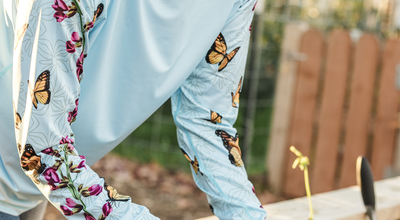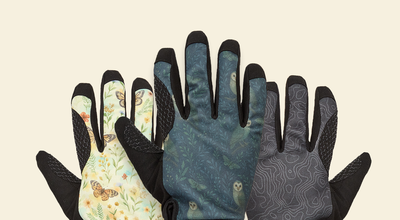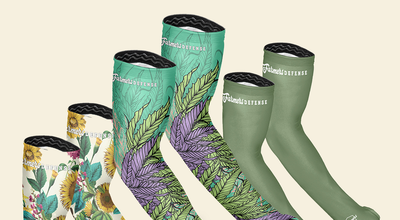The Comprehensive Fall Gardening Guide: From Harvest to Planning
As the days shorten and temperatures drop, the season of abundance and reflection is upon us. Fall is a gardener's delight, a time to reap the fruits of labor and prepare for the seasons ahead. This guide combines insights from various experts to offer you a comprehensive look at fall gardening. Whether you're a vegetable grower, a flower enthusiast, or a professional landscaper, this guide has something for everyone.

Harvesting: The Season of Abundance
Fall is the culmination of months of hard work, a time when your garden is bursting with produce ready for harvest. Tomatoes and peppers transition from green to vibrant reds, yellows, and purples. Corn tassels shrivel and turn brown, signaling readiness for harvest. Squash and melons display their bright yellows and oranges. Herbs like basil and fennel fill the air with a pungent fragrance as they flower and develop seeds.
What You Can Harvest in Fall
From fruits like apples, peaches and pairs, to vegetables like broccoli, carrots, and cauliflower, the list is extensive. Herbs such as mint and parsley also reach their peak flavor during this season.

Soil and Compost Management
Testing and Amending Your Soil
Before you put your garden to bed for the winter, it's crucial to understand your soil's needs. Fall is the perfect time to test your soil's pH and nutrient levels. Once you have this information, enrich your soil with organic matter. A 2-4 inch layer of compost tilled into your garden beds can significantly improve soil structure and nutrient content. If you're concerned about soil irritants, consider wearing Farmers Defense Protective Sleeves for added safety during this process.

Leaf Management: The Gift of Fall
Fall leaves are a treasure trove of nutrients. They can be used as mulch, providing a protective layer that traps the summer's heat, extending your gardening season. Alternatively, you can add them to your compost pile or even turn them into a peat replacement. Use Rugged Guard Leather Gloves to handle the big leafy mess.

Planning for the Seasons Ahead
Reflect and Take Notes
Fall brings a slower pace, allowing you to wander through your garden, reflect on the season, and assess your work. Take notes on what plants thrived and what struggled. Document successful planting combinations and areas where plants may not have received adequate light. This reflection will make planning for the next season much easier.
Advanced Tips for Professional Gardeners
Crop Rotation and Garden Journaling
For those looking to take their gardening to the next level, consider implementing crop rotation. This practice helps prevent soil depletion and reduces the risk of disease. Keeping a garden journal can also be invaluable. Document what worked and what didn't, and use this information to plan for the next season.
Cover Crops
Professional gardeners and landscapers might consider planting cover crops like clover or winter rye. These crops protect your soil from erosion and add nutrients back into the ground.

General Protection and Comfort
Hydration and Skin Protection
Gardening is hard work, and staying hydrated is crucial. Keep a water bottle nearby to ensure you're well-hydrated. Long hours in the garden can expose you to the sun and insects. Wearing Farmers Defense moisture-wicking, UV-protective Sun Hats and Sleeves can make your gardening experience more comfortable and safe.

Final Thoughts
Spring seems like a world away, but making a few notes about your garden in fall will make the Garden planning for next season much more accessible. Spring and summer are fast-paced seasons where you often feel like you never have enough time to do all the garden tasks on your list. Fall brings a breath of calm to the garden; everything starts to slow down. You have time to wander through your garden, reflect on the season, assess your work, and contemplate new ideas.
Jot down a few notes about the plants that grew the best and the plants that struggled. Were there a few planting combinations that flourished? Did all the plants get the light that they needed? What would you like to do differently next season?
Fall is a season of abundance, reflection, and preparation. It's a time to celebrate the harvest, share the bounty, and plan for the future. So roll up those sleeves—protected, of course, by Farmers Defense—and give your garden the love and care it needs to thrive in the seasons to come.












